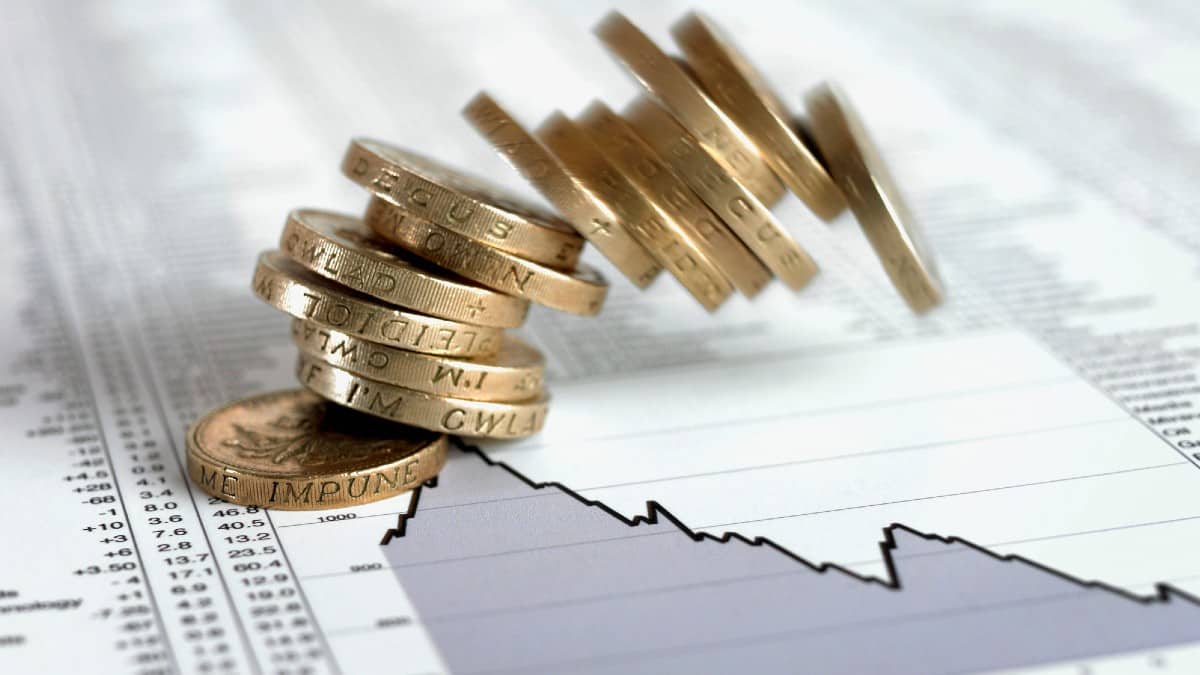Tax on share dividends is to be increased by 1.25% from next year. If you’re an investor, you are likely concerned about the possible impact a higher dividend tax rate could have on your investment income.
So, what can you do to minimise the impact? Here’s what you need to know.
[top_pitch]
How much extra will I pay?
All taxpayers get an annual tax-free dividend allowance of £2,000 on top of the £12,570 standard Personal Allowance. Beyond that, you have to pay dividend tax at a rate that depends on your income tax band.
Under the new dividend tax changes, basic rate taxpayers will now pay 8.75% tax on dividends, up from 7.5%. Higher rate taxpayers will pay 33.75%, up from 32.5%. And additional rate taxpayers will see their dividend tax rate rise to 39.35% from 38.1%.
To illustrate, let’s say you are a basic rate taxpayer who receives £4,000 in dividends. The first £2,000 will be tax free. You will have to pay tax on the remaining £2,000. With the recent dividend tax hike, your dividend bill will rise from £150 to £175.
If you are a higher rate taxpayer currently getting £15,000 in dividend payments, your taxable dividends will be £13,000. Your new dividend tax bill will be £4,387.50, up £162.50 from the amount under the current rates.
How can I minimise the impact of the dividend tax hike?
The dividend tax hike means that the taxman could be keeping more of your investment income.
As it stands, investors are actually in for a double whammy. That’s because many are also facing the prospect of a higher National Insurance bill, which the government has also announced.
To minimise the overall impact on their incomes, Sarah Coles, personal finance analyst at Hargreaves Lansdown, advises investors to capitalise on the tax advantages of ISAs.
She explains: “It’s even more important to make sure you shelter as much of your investments as possible in ISAs, where all dividends are completely free of tax. With your money in an ISA, even if the government comes back for more further down the line, your investments are protected from tax.”
Currently, you can put a maximum of £20,000 a year into an ISA.
Understandably, you might not be able to fit all your dividend stocks or investments into an ISA given the £20,000 limit. In this case, it makes sense to prioritise and shield those with a higher dividend yield in an ISA. This will help you make the most of your tax-free allowance and allow you to retain the bulk of your investment income.
In the same vein, if you have dividend stocks in your portfolio as well as other types of stocks that you can’t all protect in an ISA, it makes sense to prioritise dividend stocks when it comes to choosing which to put into an ISA.
“Growth investments outside an ISA could be subject to capital gains tax, but this can be easier to manage and mitigate,” says Coles.
[middle_pitch]
What about the self-employed and business owners?
Self-employed people and business owners who pay themselves using dividends will also be feeling the effect of the tax hike.
However, Coles says that for this group, paying themselves with dividends will often still be more tax-efficient than paying themselves more income. That’s because even with the recent changes, dividend tax will still be lower than the equivalent income tax.
How else can I minimise the impact of dividend tax?
If you are married or in a civil partnership, one way to cut your dividend tax bill is to spread your taxable portfolio between you and your partner. This will help you make the most of your dividend allowances as well as the basic rate tax band.
If you have children, you can spread your investments even further and cut your dividend tax bill by opening a Junior ISA for them. This tax year, you can put up to £9,000 into a Junior ISA for your children. So, with the £20,000 allowance for each parent, a family of four could shield nearly £60,000 in ISAs each tax year.







